Sensory Evaluation Techniques: Second Edition
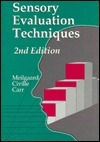
Summary
Sensory Evaluation Techniques, 2nd Edition, is a basic text/reference that presents theory and applications of sensory evaluation methods with sufficient background material to understand the evaluation of sensory perception and actually perform sensory tests. Updated and revised from the 1st Edition, this edition represents the most current information available.
The book's "how to" description of sensory evaluation methods features both consumer research techniques, as well as more practical tests that are commonly used. The descriptions of the evaluation methods are accompanied by numerous practical examples of the techniques described. The book also contains complete instructions for the Spectrum™ method of descriptive analysis, as well as a relevant selection of those statistical techniques sensory analysts need (including examples illustrating the analysis of sensory tests).
Instructors and students of sensory evaluation, as well as researchers and libraries in the production and marketing of foods, beverages, cosmetics, fragrances, textiles, and paper products will find this book to be invaluable.
Similar Books
-
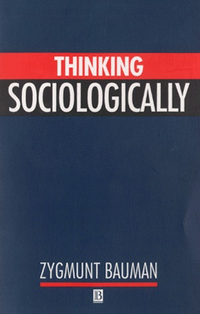 Thinking Sociologically
Thinking Sociologicallyby Zygmunt Bauman
-
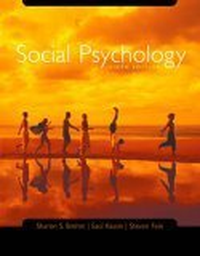 Social Psychology
Social Psychologyby Sharon S. Brehm
-
![Cover for Anthropology: The Exploration of Human Diversity [with Student CD-ROM & PowerWeb]](/static/covers/c8db819a09214097b75e3d6cda5a5ac5.png) Anthropology: The Exploration of Human Diversity [with Student CD-ROM & PowerWeb]
Anthropology: The Exploration of Human Diversity [with Student CD-ROM & PowerWeb]by Conrad Phillip Kottak
-
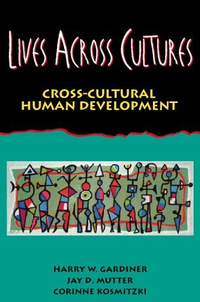 Lives Across Cultures: Cross-Cultural Human Development
Lives Across Cultures: Cross-Cultural Human Developmentby Harry W. Gardiner
-
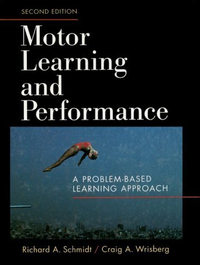 Motor Learning and Performance: A Problem-Based Learning Approach
Motor Learning and Performance: A Problem-Based Learning Approachby Richard A. Schmidt
-
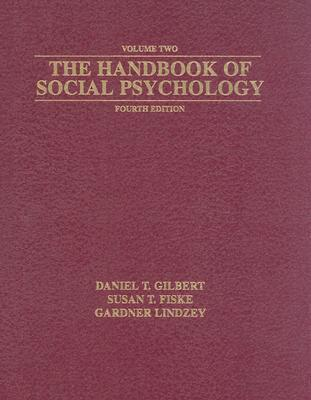 The Handbook Of Social Psychology, Fourth Edition
The Handbook Of Social Psychology, Fourth Editionby Daniel Todd Gilbert
-
 The Handbook Of Social Psychology, Fourth Edition, Volume Two
The Handbook Of Social Psychology, Fourth Edition, Volume Twoby Daniel Todd Gilbert
-
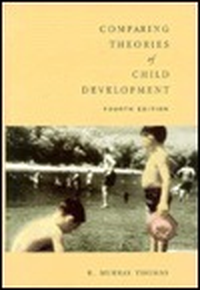 Comparing Theories of Child Development
Comparing Theories of Child Developmentby R. Murray Thomas
-
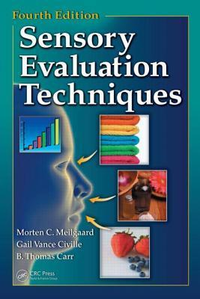 Sensory Evaluation Techniques
Sensory Evaluation Techniquesby Morten C. Meilgaard
-
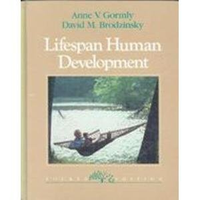 Lifespan Human Development 4e
Lifespan Human Development 4eby Anne V. Gormly
-
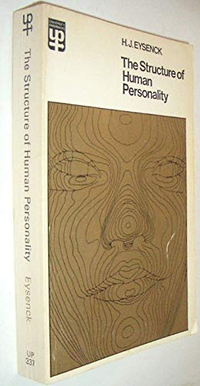 The Structure of Human Personality
The Structure of Human Personalityby Hans Jürgen Eysenck
-

-
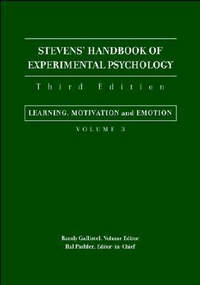
-
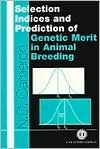 Selection Indices and Prediction of Genetic Merit in Animal Breeding
Selection Indices and Prediction of Genetic Merit in Animal Breedingby N. D. Cameron
-
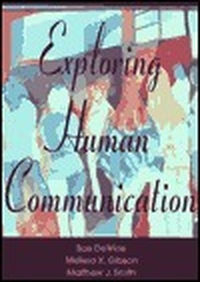 Exploring Human Communication
Exploring Human Communicationby Sue Dewine